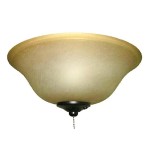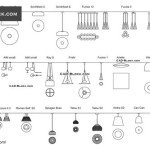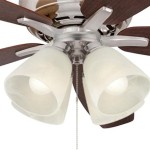Understanding Halogen Ceiling Light Transformer: Essential Aspects
Halogen ceiling light transformers play a crucial role in the operation of halogen ceiling lights. These transformers convert the standard voltage supplied to the light fixture into the lower voltage required by halogen bulbs. In this article, we will delve into the essential aspects of halogen ceiling light transformers to help you make informed decisions when choosing and installing these components.
Types of Halogen Ceiling Light Transformers
There are two main types of halogen ceiling light transformers: electronic and magnetic. Electronic transformers are smaller, lighter, and more energy-efficient than magnetic transformers. They also produce less heat and do not create any audible noise. Magnetic transformers, on the other hand, are larger and heavier, but they are more affordable and can handle higher loads.
Choosing a Halogen Ceiling Light Transformer
When choosing a halogen ceiling light transformer, it is important to consider the following factors:
- Wattage: The wattage of the transformer must match the wattage of the halogen bulbs you are using. If the transformer is undersized, it may overheat and fail, potentially causing a fire hazard. If the transformer is oversized, it will waste energy.
- Voltage: The voltage of the transformer must match the voltage of the halogen bulbs you are using. Most halogen bulbs operate on 12 volts, but some may require 24 volts.
- Load: The load of the transformer refers to the total wattage of all the halogen bulbs that will be connected to it. The transformer must be able to handle the load without overheating.
Installing a Halogen Ceiling Light Transformer
Installing a halogen ceiling light transformer is a relatively simple process, but it is important to follow the manufacturer's instructions carefully to ensure safety and proper operation. Here are the general steps involved in installing a halogen ceiling light transformer:
- Turn off the power to the light fixture at the circuit breaker or fuse box.
- Remove the old transformer (if applicable).
- Connect the wires from the light fixture to the appropriate terminals on the new transformer.
- Mount the transformer in a safe location inside the light fixture.
- Turn on the power to the light fixture and test the transformer to ensure it is working properly.
- Check the fuses or circuit breakers: If the transformer is not getting power, check the fuses or circuit breakers to ensure they are not tripped or blown.
- Check the wiring: Loose or damaged wiring can cause the transformer to malfunction. Inspect the wiring and make sure all connections are tight.
- Replace the transformer: If the transformer is damaged or malfunctioning, it will need to be replaced. Do not attempt to repair the transformer yourself, as this could be dangerous.
Troubleshooting Halogen Ceiling Light Transformers
If you are experiencing problems with your halogen ceiling light transformer, the following troubleshooting tips may be helpful:
Conclusion
Halogen ceiling light transformers are essential components for the safe and efficient operation of halogen ceiling lights. By understanding the essential aspects of these transformers, you can make informed decisions when choosing and installing them to ensure your halogen ceiling lights perform as intended for many years to come.

10w 60w 12v Low Voltage Halogen Transformer Fly Lead Et60fly From 3 47

Converting Halogen Downlights To Cfl Green Change Com

Efficient 150 Watt Halogen Led Light Electronic Transformer Ironsmith Lighting

1x 200 250v To 12v Halogen Light Electronic Transformer 50w E5v3

12v 20w 60w Ac Transformer Dimmable For Low Voltage Halogen

Replacing Halogen Downlights With Led About Space

Halogen And Retrofit Led Electronic Transformer X 2 Light Warehouse

Landlite Set105r 1 Electronic Transformer For Low Voltage Ha

Electronic Transformer 160w 180w 200w 250w Ac 220v To 12v Halogen Lamp

Knightsbridge 60va Electronic Dimmable Transformer For Low Voltage Halogen Lamps Electrical World
Related Posts








